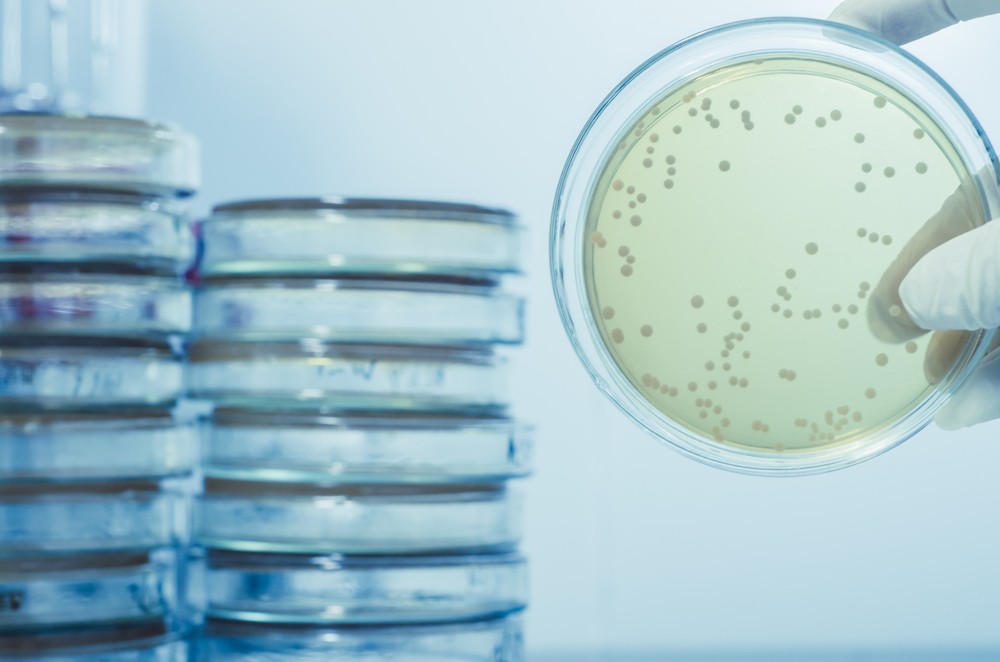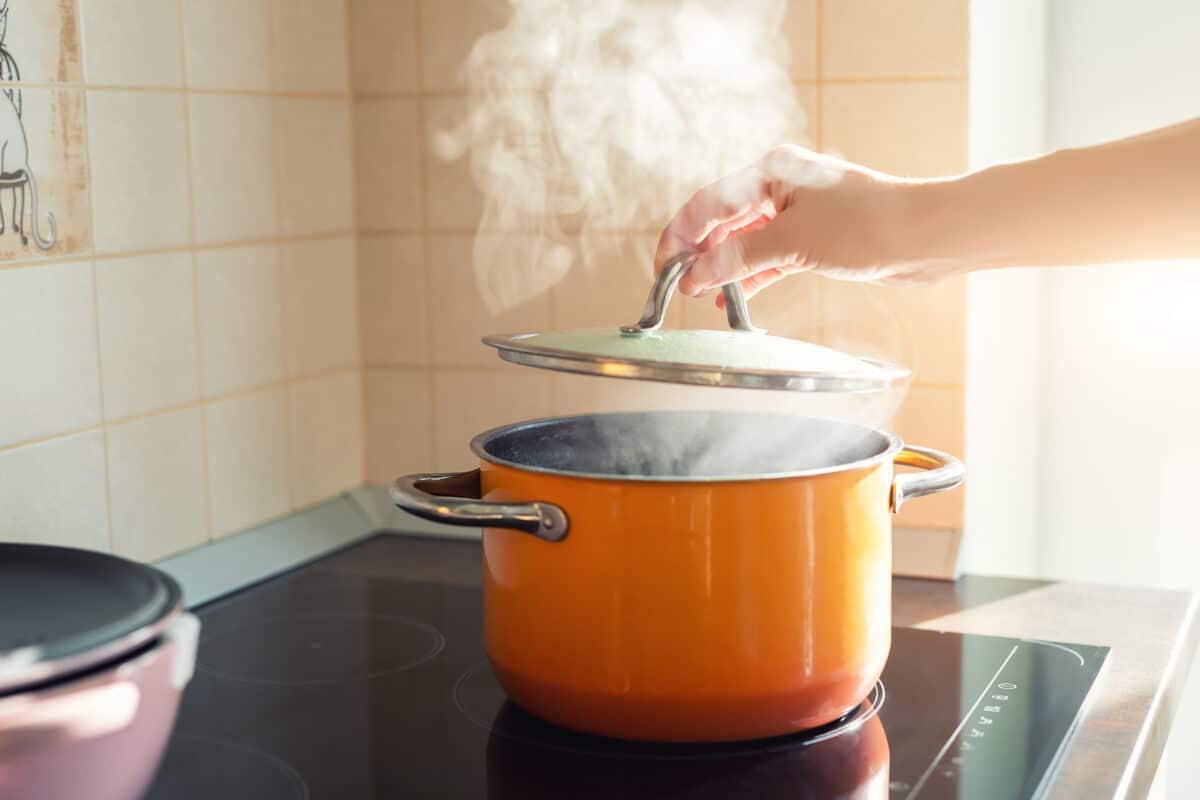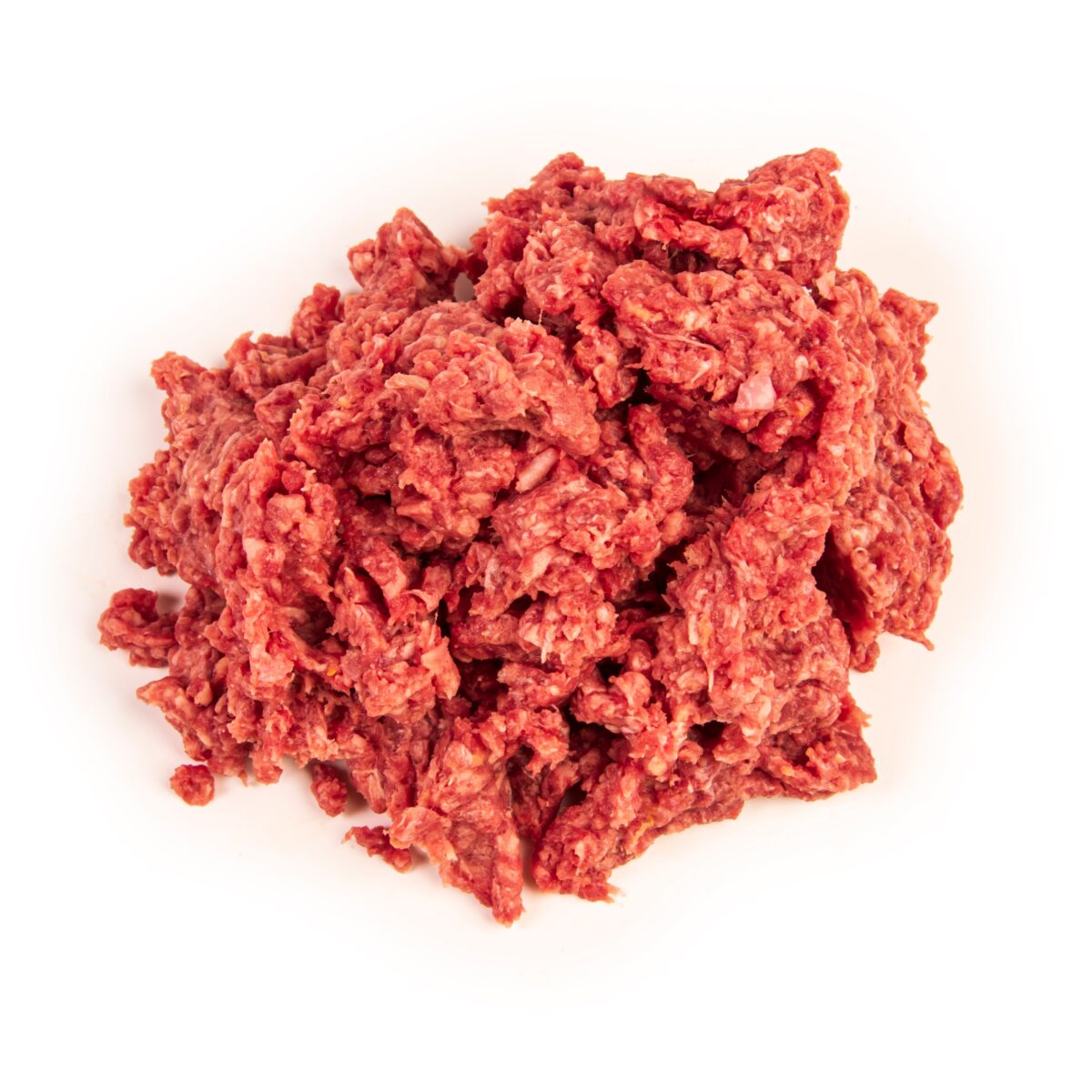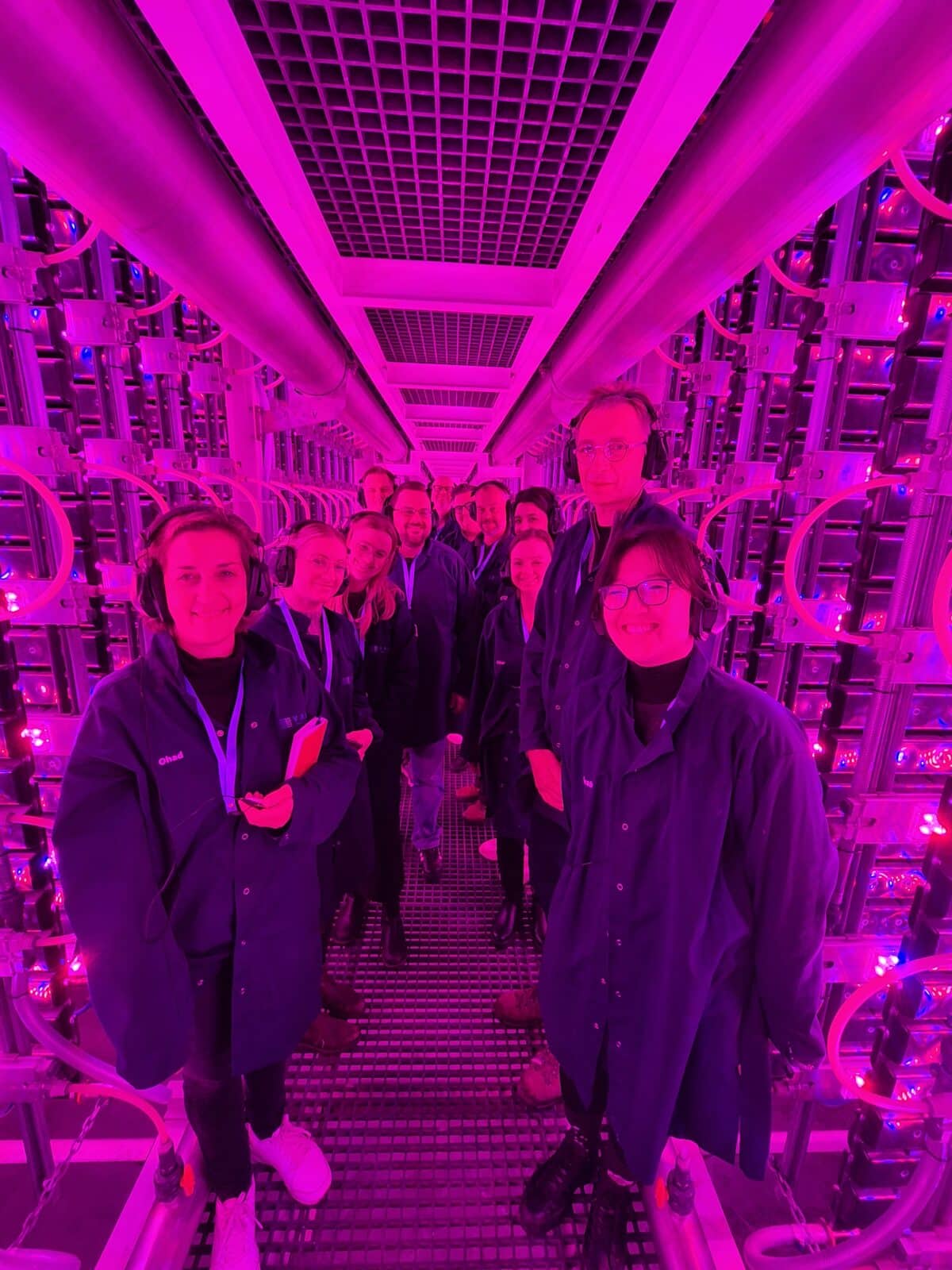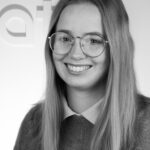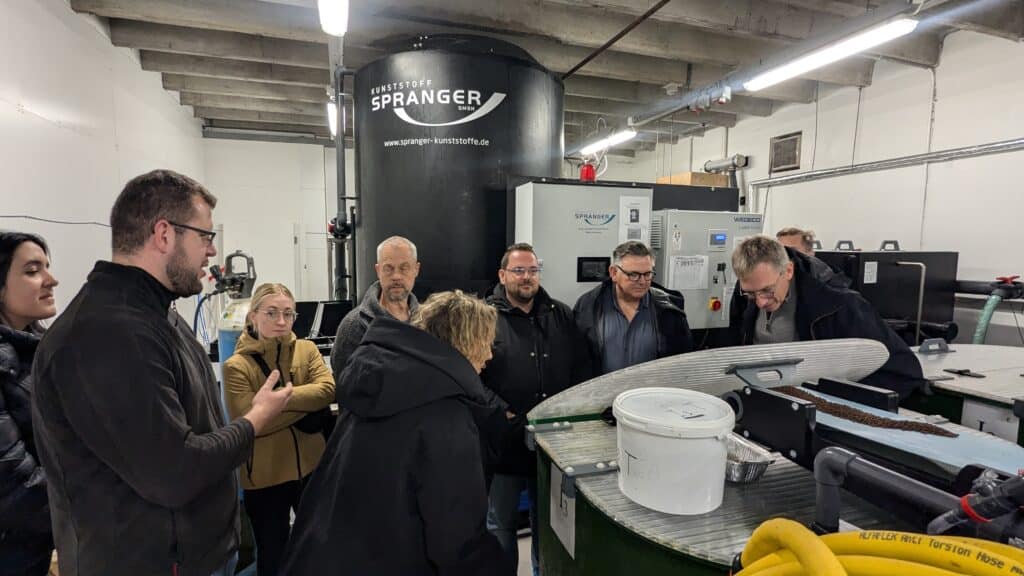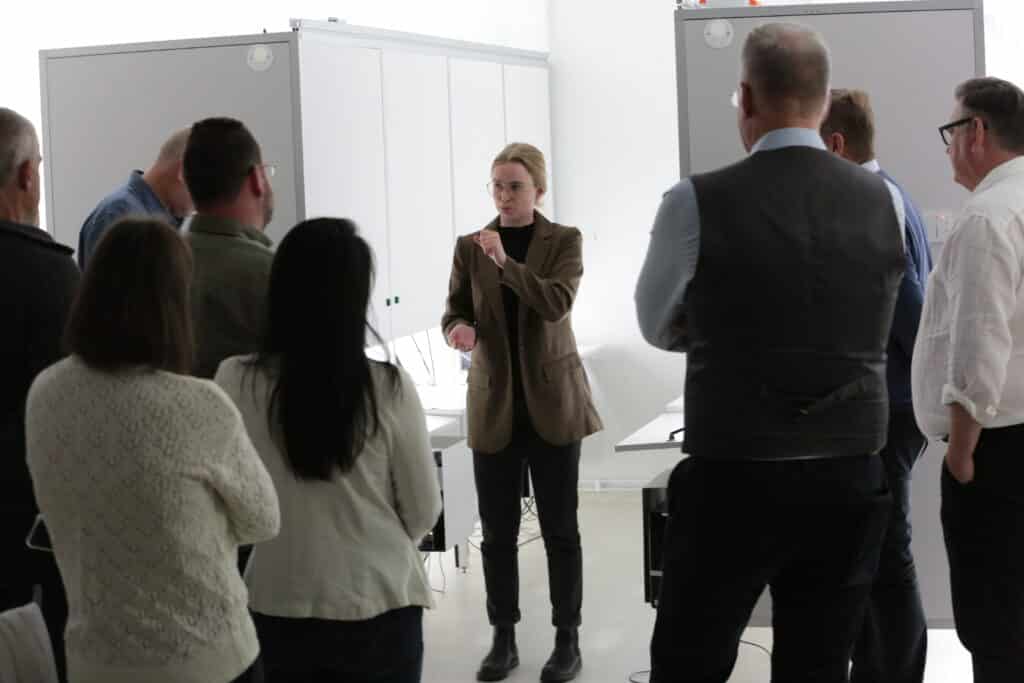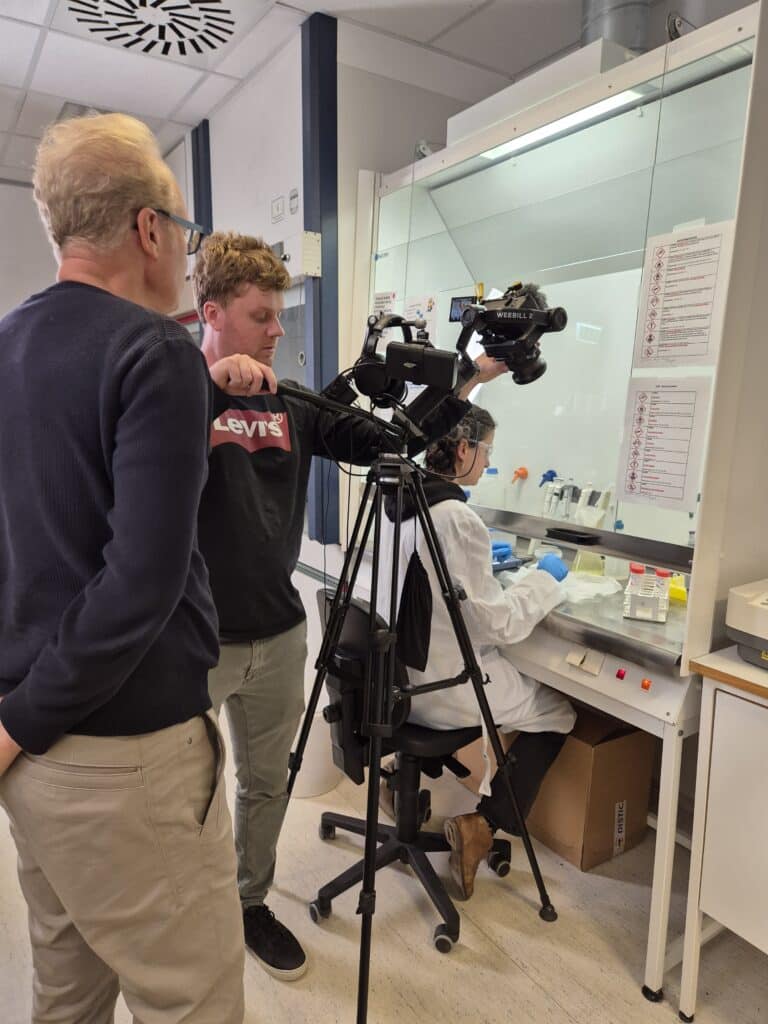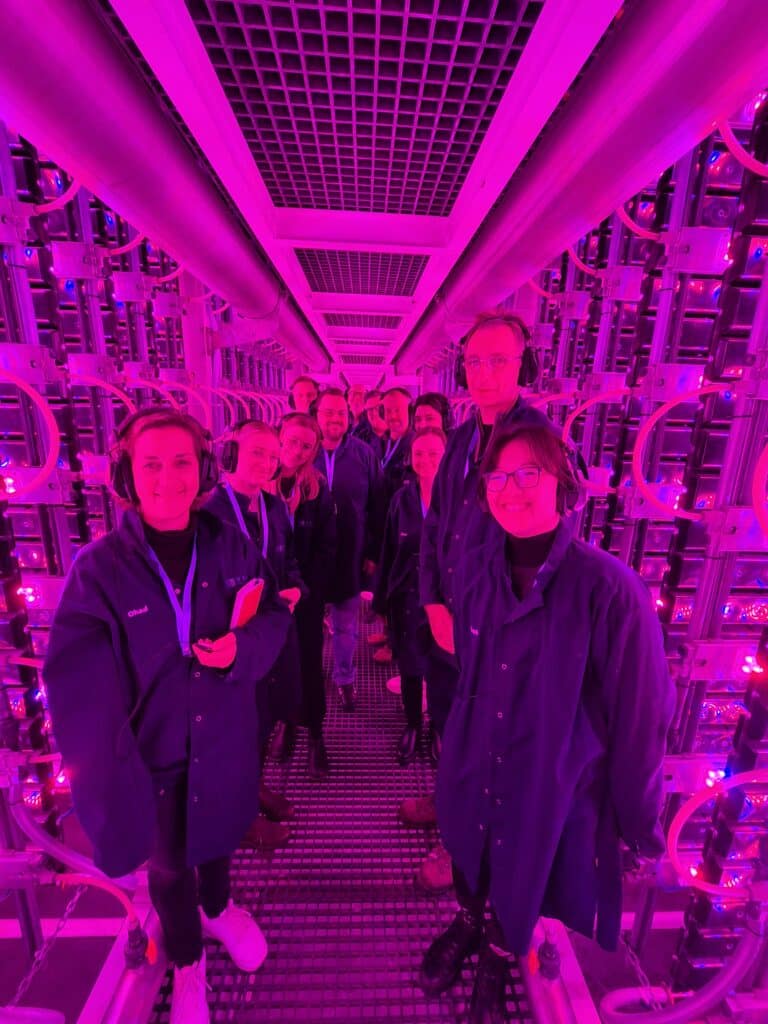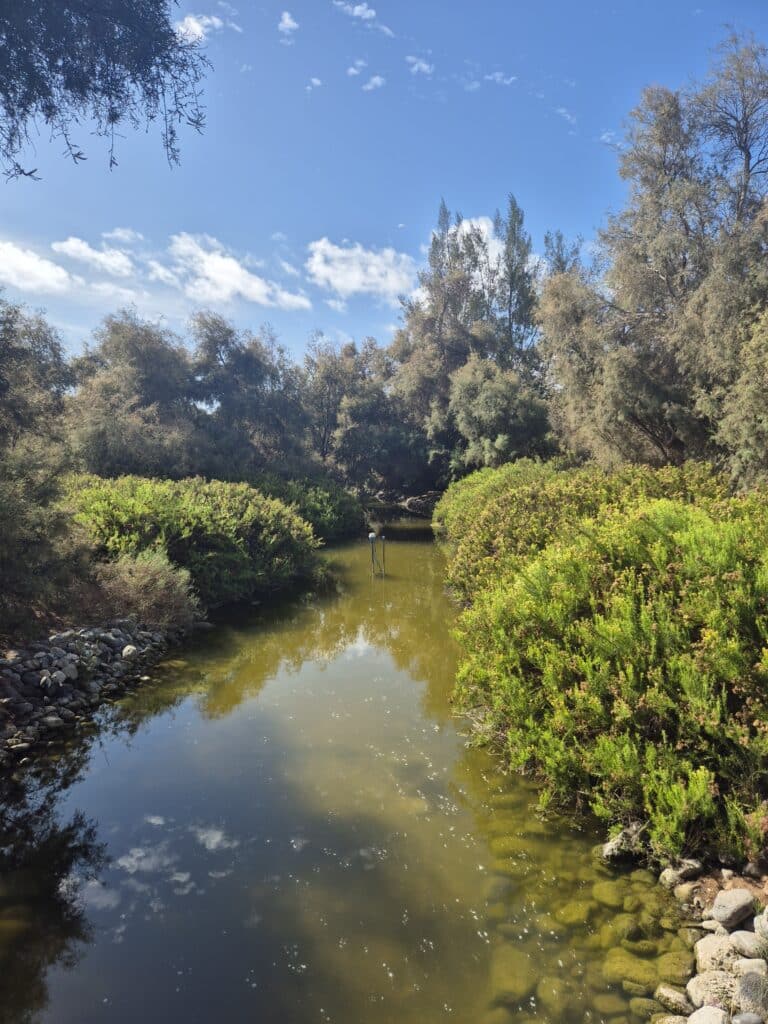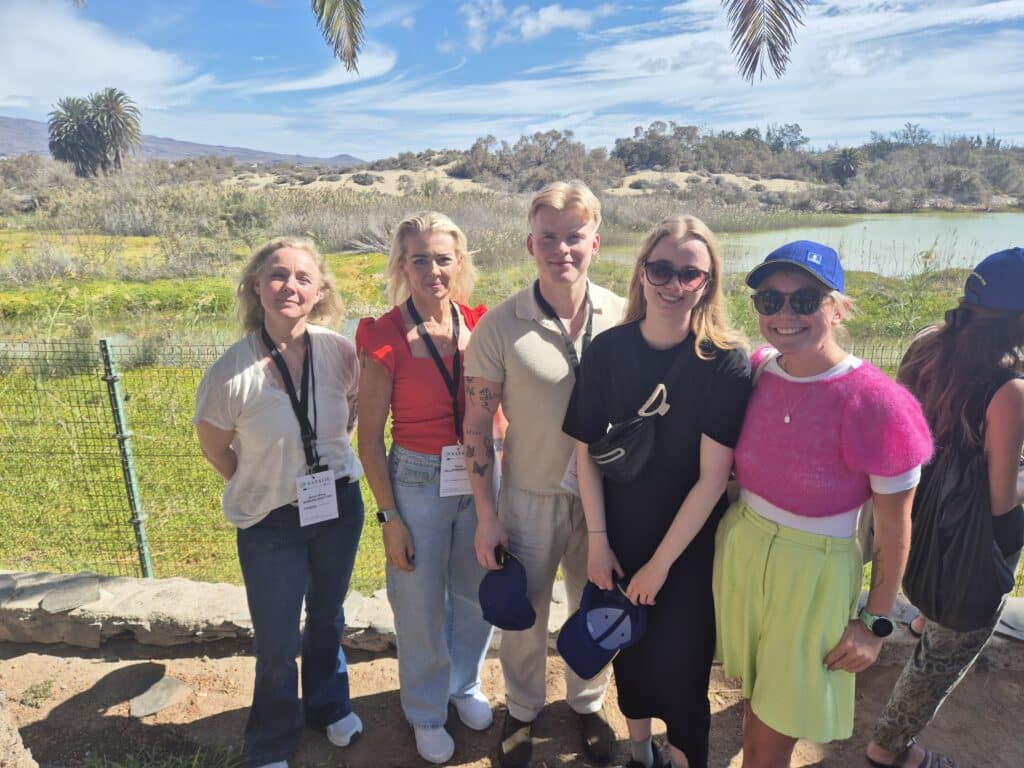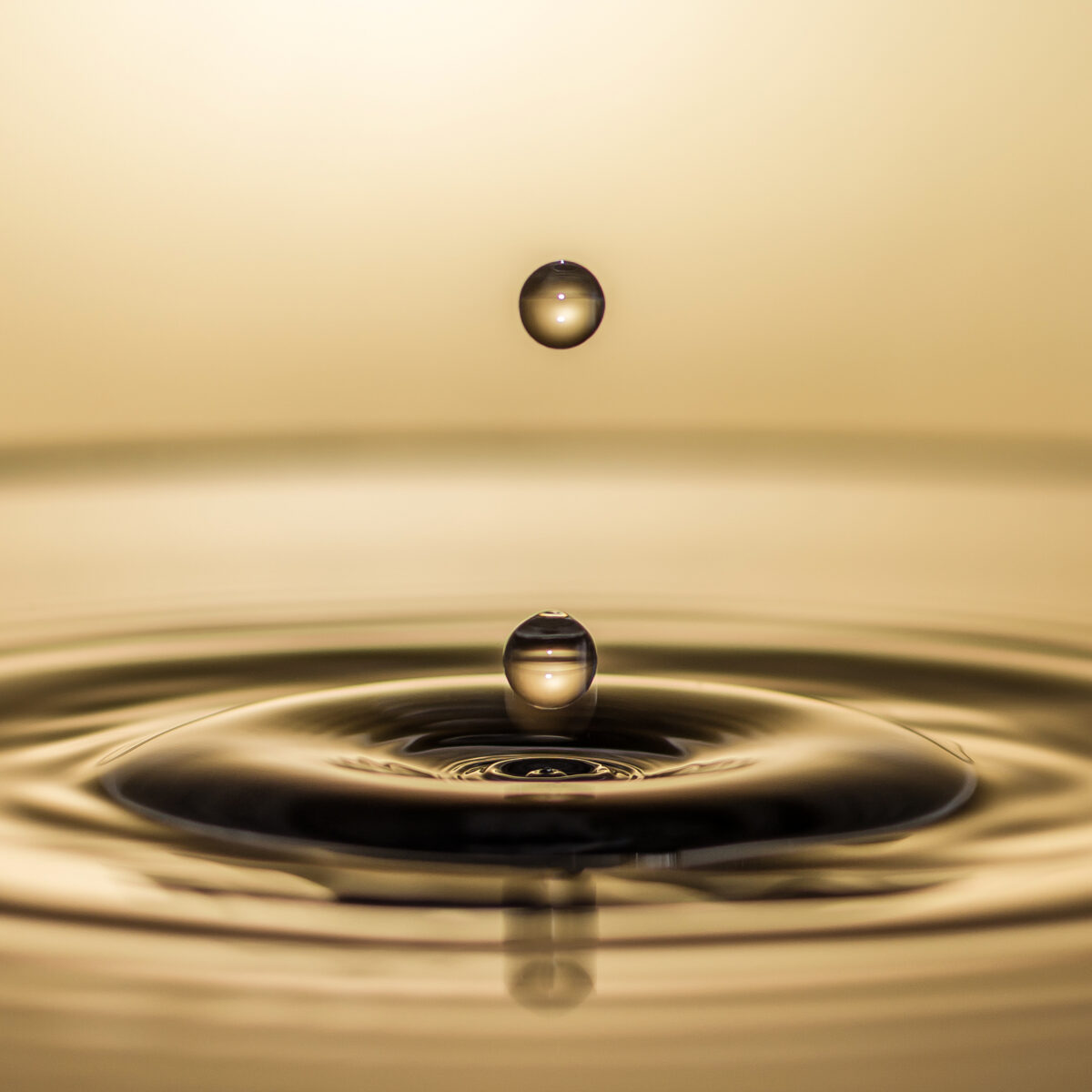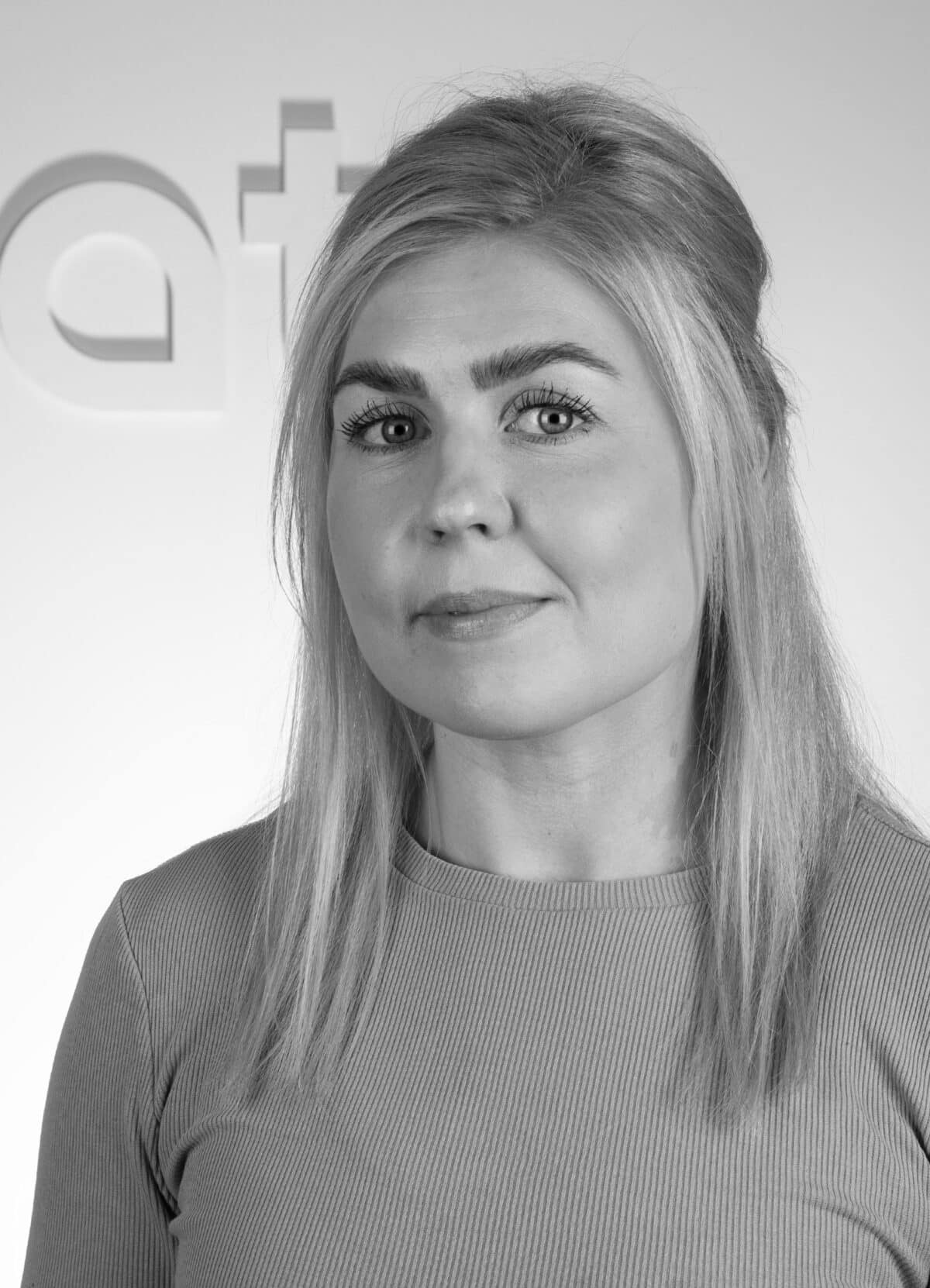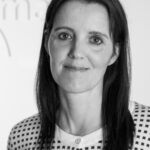Nú í aðdraganda jóla bárust þær ánægjulegu fréttir frá Brussel að þrjú alþjóðleg rannsókna- og nýsköpunarverkefni sem Matís kemur að hafi verið valin til fjármögnunar af Horizon Europe rammaáætluninni. Mikil samkeppni er um að fá slík verkefni fjármögnuð og ljóst að aðeins allra bestu verkefnin ná því að vera útvalin til fjármögnunar. Matís fær um 310 milljónir króna úthlutaðar og innlendir samstarfsaðilar um 270 milljónir króna. Öll snúa þessi verkefni að því að auka sjálfbærni í fiskveiðum og fiskeldi, draga úr umhverfisáhrifum, og gera greinarnar betur reiðubúnar til að mæta áhrifum loftslagsbreytinga, sem og aukinna krafna um að fyrirtæki sýni fram á að sjálfbærnimarkmið séu höfð að leiðarljósi í rekstri. Frekari upplýsingar um verkefnin má sjá hér að neðan.

MarineGuardian verkefnið hefur það að markmiði að efla sjálfbærar fiskveiðar og stuðla að verndun sjávarvistkerfa í Atlantshafi og Norðuríshafi, með aukinni þekkingu og þróun lausna sem draga úr meðafla, brottkasti, olíunotkun, neikvæðum áhrifum á botnvistkerfi, auka afla á sóknareiningu, og tryggja bætta gagnaöflun og úrvinnslu til ákvarðanatöku og framsetningu sjálfbærniskýrslna. Matís leiðir verkefnið sem hlotið hefur styrk upp á 1.2 milljarða króna (8 millj. EUR), en þátttakendur í verkefninu eru alls 21, en þar eru í lykilhlutverkum íslensku fyrirtækin og stofnanirnar Trackwell, Brim, Hampiðjan og Hafrannsóknastofnun, auk þess sem verkefnið mun kaupa þjónustu frá Stiku umhverfislaustnum. Verkefnisstjóri er Jónas R. Viðarsson jonas@matis.is.

MeCCAM verkefnið hefur það að markmiði að þróa mótvægis og aðlögunaraðgerðir fyrir sjávarútvegsfyrirtæki og aðra hagaðila í Evrópu. Verkefnið hlýtur um 650 milljónir króna (4.5 millj. EUR) styrk og er stýrt af SJÓKOVANUM í Færeyjum, en Matís stýrir verkþætti og tilvikarannsóknarsvæði (case study) í verkefninu. Að verkefninu koma 16 samstarfsaðilar vítt og breitt frá Evrópu, en þátttakendur frá Íslandi auk Matís eru Trackwell, Brim og Stika umhverfislaustnir. Tengiliður Matís í verkefninu er Katrín Hulda Gunnarsdóttir katrinh@matis.is.

OCCAM er systurverkefni MeCCAM þar sem því er ætlað styðja fiskeldisiðnaðinn við mótvægisaðgerðir og aðlögun að áhrifum loftslagsbreytinga. Verkefnið er styrkt um 650 milljónir króna (4.5 millj. EUR) og er því stýrt af NOFIMA í Noregi, en Matís stýrir verkþætti og tilvikarannsóknarsvæði (case study) í verkefninu. Að verkefninu koma 22 samstarfsaðilar vítt og breitt um Evrópu, en þátttakendur frá Íslandi auk Matís eru Samherji fiskeldi. Tengiliður Matís í verkefninu er Valur N. Gunnlaugsson valur@matis.is.
Þátttaka innlendra aðila í alþjóðlegum rannsókna- og nýsköpunarverkefnum skiptir miklu fyrir íslenskt samfélag, enda fá þar fyrirtæki og stofnanir tækifæri til að vinna á jafningjagrundvelli með þeim aðilum sem fremstir standa í sínum greinum. Jafnframt skapar slíkt samstarf tækifæri til að miðla þekkingu, tileinka sér nýjar aðferðir og stuðla að þróun sem leiðir til nýsköpunar, aukinnar sjálfbærni, arðsemi, fæðuöryggis og framþróunar í íslensku atvinnulífi.



